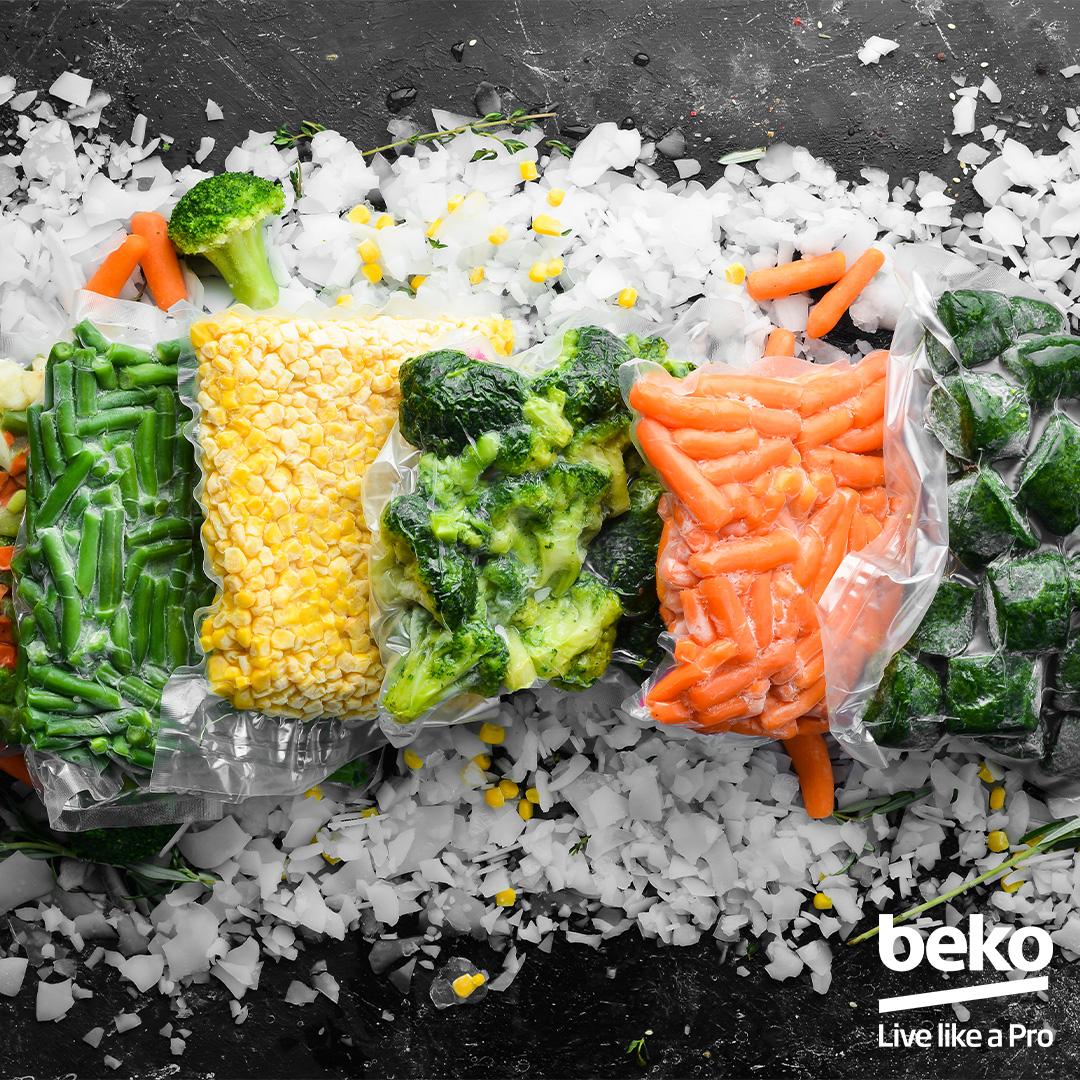HOW TO REDUCE FOOD WASTAGE IN YOUR HOUSEHOLD
Considering the challenges we face regarding accessibility and distribution, the limitation of our infrastructure, and the unique climatic conditions we face - it's no surprise that food wastage is a big problem in South Africa.
About 10 million tonnes of food goes to waste annually, and 70% of that waste is fruit, vegetables, and cereal.
The harsh reality is that a considerable portion of this wastage occurs before these nutritious foods even make it to the shelves or markets, let alone our homes.
When they do make it to our homes, freezing certain foods is one way to mitigate food wastage, because freezing is a simple yet effective method to extend the shelf life of perishable items. By freezing fruits, veggies at their peak freshness, we can preserve their nutritional value and prevent spoilage.
Additionally, freezing doesn't just apply to whole fruits or vegetables. It can encompass various forms, such as creating frozen purees, chopped produce, or even frozen cereals. Not only does this help with the retention of nutritional content, but it's also convenient because to reduce household wastage, only the amount of food needed is used.
This is what makes the Beko Upright Freezer for reducing food wastage in your home because it's equipped with NeoFrost Dual Cooling. This means it uses separate cooling systems for each compartment to help maintain optimal temperatures in both the fridge and the freezer.
This also helps to prevent the cross-pollination of odours between the two compartment, but importantly, helps your fresh produce stay fresher for longer.
It's also important to follow best practice methods to help you understand why portions and sealed containers matter when it comes to freezing.
Many are embracing freezing as a viable solution to combat food wastage, and it can help make a significant impact as we combat food wastage in the country.




